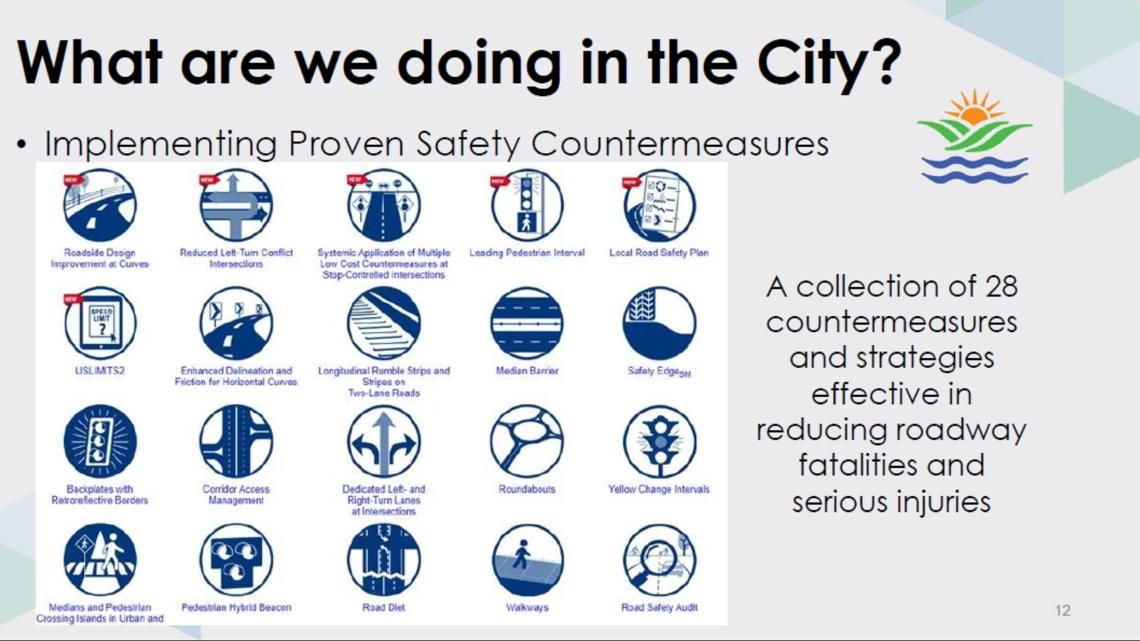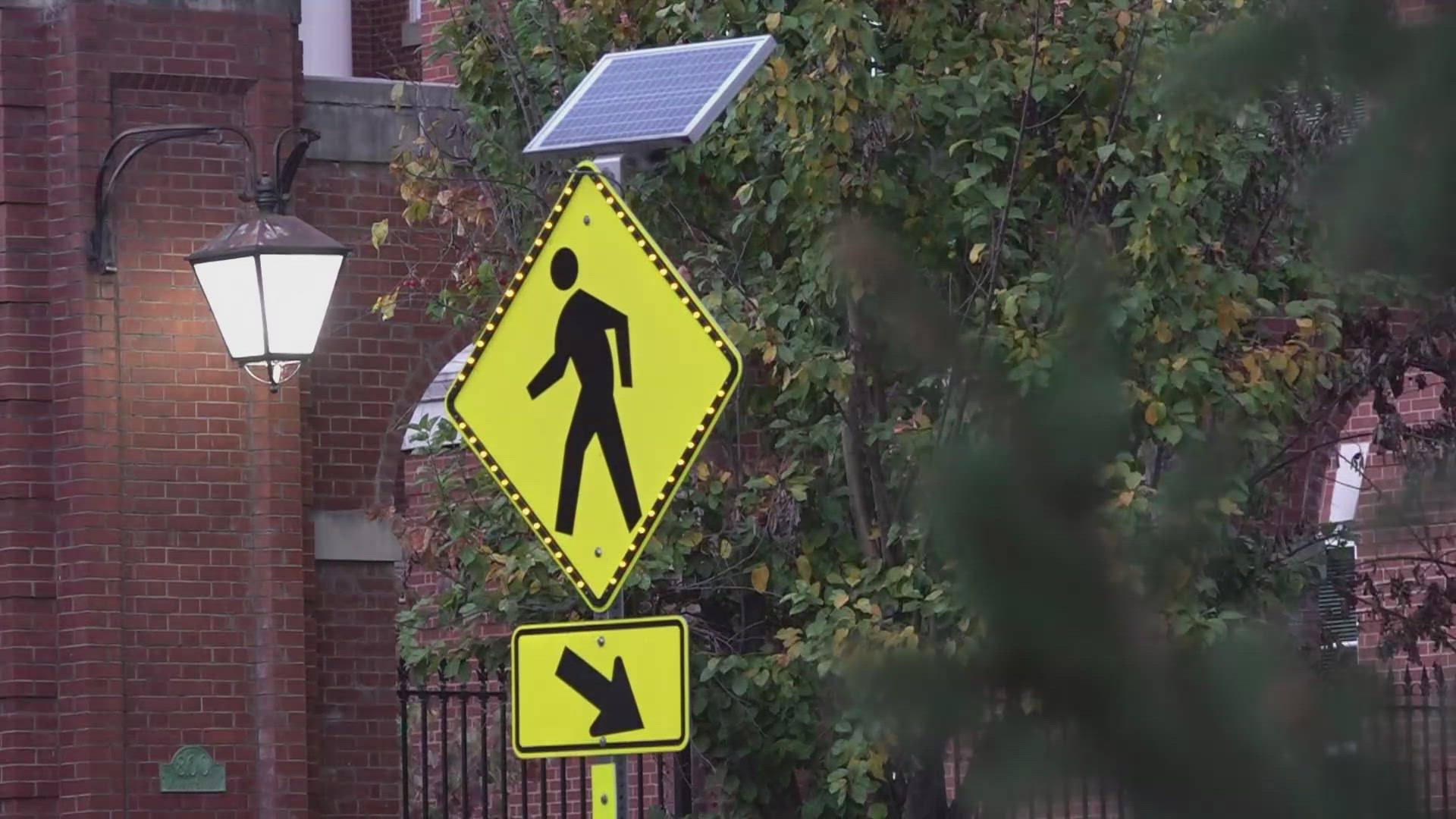KNOXVILLE, Tenn. — Knoxville leaders are working on the city's Vision Zero plan — a strategy to totally eliminate traffic deaths by 2040.
The plan involves prioritizing safety above all else when leaders make traffic-related decisions.
"Vision Zero is not a slogan or aspirational goal. It is a fundamentally different way to approach traffic safety," leaders said in a presentation to Knoxville City Council on Thursday.
The presentation said several communities nationally have reported no traffic deaths over the last five years including Hoboken, New Jersey and Alexandria, Virginia. Knoxville leaders hope to follow in the footsteps of those cities by implementing policies and starting projects that prevent traffic deaths and injuries.
One step in the effort is to identify a "high injury network" across the city. This network highlights roads and streets where people are most commonly injured in traffic incidents. Some of the roads include Chapman Highway and North Broadway.


Thursday's presentation also included data that revealed 2023 was the deadliest year for traffic-related fatalities. The data shows 36 fatalities were reported, a spike compared to the four previous years. Around 97% of fatal crashes involved speeds of more than 25 mph, and around 58% of them involved drugs or alcohol. It also said around 94% of crashes happened within 200 feet of a commercial land use area.
The data also revealed around 28% of fatal crashes happened on Knoxville roads, while the rest were reported on roads operated by the Tennessee Department of Transportation.
Vision Zero officials said the city should approach traffic decisions by integrating human failures as factors and assuming that traffic deaths are preventable instead of inevitable.
Specific steps could include implementing policies that require safe speeds on roads. It said around 90% of pedestrians survive crashes involving vehicles traveling at 20 mph, compared to around 10% surviving being hit by a vehicle traveling at 40 mph.
The city also said it was reviewing every fatal crash to identify the factors behind it, hoping to learn steps leaders can take to prevent other fatal crashes from happening on the same road.


The presentation also recommended 28 specific countermeasures to reduce the risk of fatal crashes. Those include improving roadside designs on curves, installing meridian barriers and roundabouts, building walkways and several others.
"The City of Knoxville received $10 million in 2023 to invest in safety projects. The money came from a grant from the federal government. The money for that project has not been implemented yet.
"Navigating our city should not be a life-or-death proposition, whether you’re driving a car, a bicycle, a motorcycle, walking or using a wheelchair," Knoxville Mayor Indya Kincannon said in a report on Vision Zero.


City leaders also received $22.25 million in 2024 from a federal grant. The money for the project is waiting to be implemented but will be used to improve road safety on Magnolia, Broadway and Chapman Highway.
Presenters encouraged the city to find quick-build projects that would improve traffic safety in Knoxville. This way, the city could rapidly improve its roads and infrastructure at less of a cost and in a smaller timeframe, compared to large-scale projects.
The city said it hired its first Vision Zero coordinator in March 2024 and hopes to proceed with the Safe Streets and Roads for All grant program.
"Zero is absolutely possible," said Cody Gentry, the coordinator. "You can't put out traffic safety, you can't put out saving lives."

